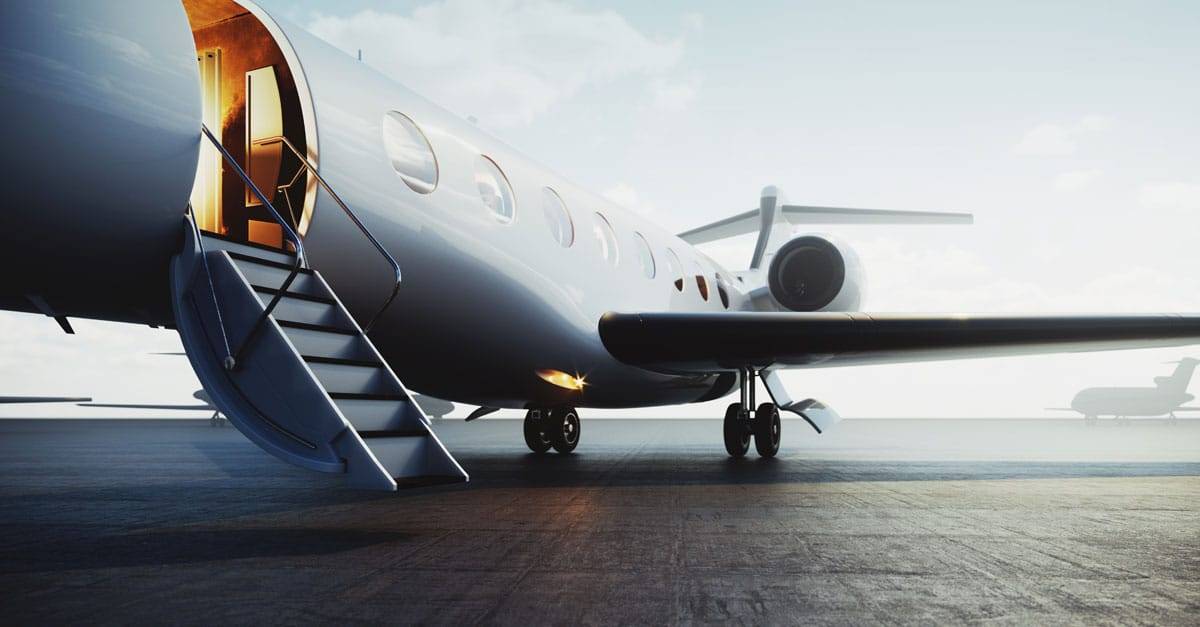The Carbon Footprint of Private Jets: A Cause for Concern
Private jets have come under fire for their high carbon emissions. According to the European NGO Transport & Environment (T&E), they emit 5–14 times more CO2 per passenger than commercial aircraft and a staggering 50 times more than high-speed rail. In just one hour of flight, a private jet can release two tonnes of CO2.
Despite growing climate awareness and the flight-shame movement, the use of private jets is on the rise. Even environmentally conscious billionaires like Bill Gates, who owns two Gulfstream G650s, continue to use private jets. Before the pandemic, private jet usage was outpacing the growth of commercial aviation, and since early 2020, it has surged significantly.
While some argue that private jets offer convenience and access to airports not served by commercial airlines, T&E reports that alternative direct commercial flights are available for 72% of private aviation routes. Industry claims that private jet travel aligns with corporate net-zero goals have been met with scepticism by environmental activists.
Offsets and Sustainable Aviation Fuel: A Path to Carbon Neutrality
To address the carbon emissions of private jets, some individuals and companies are turning to carbon offsets and sustainable aviation fuel (SAF). Bill Gates, for example, is defending his use of private jets by offsetting his emissions and investing in SAF and carbon capture technologies.
Your Wealth, Our Priority: Altoo's Consolidation Power, Secure Document Management, and Seamless Stakeholder Sharing for High Net Worth Individuals. Preview Platform.
VistaJet, a charter company with 70 jets, aims to be carbon neutral by 2025. They use offsets, with 85% of members choosing certified carbon credits. Projects include investing in cookstoves in China that will reduce 5,000 tons of carbon.
However, offsets have been criticised as greenwashing, and the true impact of SAF is uncertain. VistaJet discloses offset data but lacks SAF progress and cost information. SAF is cleaner but 2-3 times more expensive and requires significant investment in refining and distribution.
The Role of Biofuels and Electric Aviation
Biofuels and electric aviation offer hope for greener private jets. Biofuels, derived from waste oils and agricultural residues, can reduce emissions. Currently, technology limits the amount of biofuel that can be blended with kerosene to between 10% and 50%. eVTOL (electric vertical take-off and landing) aircraft are poised to revolutionise the sustainability of aviation.
Electric rotorcraft are under development, and experts predict mainstream eVTOL use by 2035. Companies such as Embraer and Airbus are planning electric and hydrogen regional aircraft by the 2030s. Gradual changes in aircraft design and air traffic control are increasing efficiency and reducing emissions. But true decarbonisation requires revolutionary steps and an undefined roadmap.
Overcoming Challenges: Collaboration and Innovation
The sustainability of private aviation requires industry-wide collaboration and innovation. Governments, aviation companies, and research institutions must work together to develop and implement solutions. Providing financial incentives, such as cash rewards, can spur innovation and encourage decarbonisation efforts.
Infrastructure challenges related to sustainable aviation fuels, including the expansion of refining and distribution networks, must be addressed. Increased investment in research and development is essential to improving SAF production efficiency and reducing costs. Public perception is also important. The industry needs to counter the luxury carbon image by highlighting its commitment to sustainability and technological advancement.

















